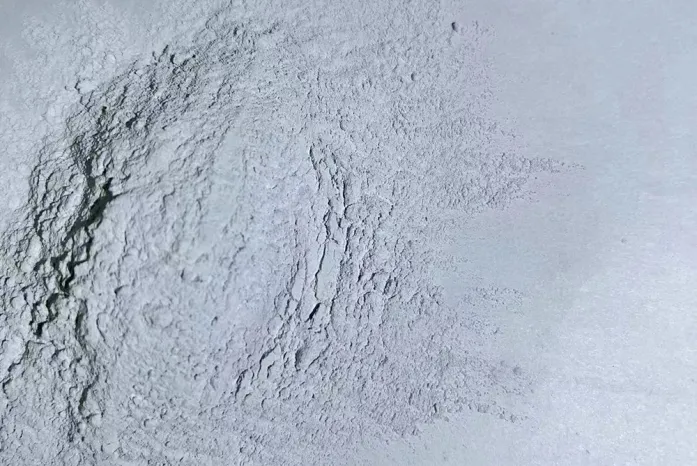How Does Antibacterial Powder Coating Work?
Antibacterial powder coating is a cutting-edge technology designed to prevent microbial growth on surfaces, making it an essential solution for industries requiring high hygiene standards. This article explores the working principles of antibacterial powder coating, its effectiveness, application methods, and performance evaluation.
What is Antibacterial Powder Coating?
Antibacterial powder coating is a dry finishing process that includes antimicrobial agents to inhibit bacterial growth on coated surfaces. It is widely used in medical, food processing, and high-touch environments where sanitation is critical. This coating not only prevents bacterial colonization but also enhances durability and resistance to wear and tear.

How Does Antibacterial Powder Coating Work?
1. Active Antimicrobial Agents
The antibacterial properties of these coatings come from integrated antimicrobial additives, such as:
Silver ions (Ag+): Disrupt bacterial cell membranes, interfering with metabolism and reproduction.
Zinc-based compounds: Prevent microbial adhesion and growth.
Copper nanoparticles: Generate oxidative stress in bacterial cells, leading to cell death.
Organic antimicrobial agents: Work by disrupting bacterial DNA replication processes.
These agents are embedded within the powder coating matrix, ensuring long-term protection even with surface wear.
2. Electrostatic Application & Curing Process
The application of antibacterial powder coating follows a controlled process to ensure uniform coverage and effectiveness:
Electrostatic Spraying: The powder is sprayed onto a metal surface using an electrostatic gun, creating a strong adhesion before curing.
High-Temperature Curing: The coated material is heated to 160-200°C (320-390°F), allowing the powder to melt and form a continuous, durable layer that integrates antimicrobial agents.
Cooling & Solidification: The surface hardens into a smooth, protective barrier resistant to microbial contamination and physical damage.
Key Benefits of Antibacterial Powder Coating
1. Continuous Antimicrobial Protection
Unlike traditional coatings, which require frequent chemical disinfectants, antibacterial powder coatings provide continuous protection throughout the surface’s lifespan.
2. Durability & Wear Resistance
The cured powder forms a strong, impact-resistant layer that withstands scratches, moisture, and chemical exposure, making it ideal for high-traffic areas.
3. Non-Toxic & Environmentally Friendly
Since powder coatings are solvent-free, they release no volatile organic compounds (VOCs), making them a safer alternative to liquid coatings.
4. Easy Maintenance & Cleaning
Surfaces treated with antibacterial powder coatings are easier to clean and do not require aggressive disinfectants, reducing long-term maintenance costs.
Where is Antibacterial Powder Coating Used?
Healthcare Facilities: Medical equipment, hospital beds, and surgical tools benefit from antibacterial coatings to minimize infection risks.
Food Processing & Storage: Coated surfaces in kitchens, refrigerators, and processing plants help maintain food hygiene and prevent cross-contamination.
Public Transport & High-Touch Areas: Door handles, railings, and elevator buttons are treated to reduce bacterial spread in crowded spaces.
Electronics & Appliances: Household and industrial devices, such as air purifiers and refrigerators, incorporate antibacterial coatings to prevent microbial buildup.
Considerations When Choosing Antibacterial Powder Coating
1. Type of Antimicrobial Agent
Different applications require specific antimicrobial additives. For example, healthcare settings often use silver-based coatings, while industrial applications may favor zinc or copper-based formulations.
2. Surface Material Compatibility
Ensure that the chosen antimicrobial powder coating adheres effectively to the intended material (e.g., metal, plastics, composites) without compromising durability.
3. Regulatory Compliance
Check that the coating meets industry-specific safety regulations, such as FDA approval for food contact surfaces or EPA certification for antimicrobial claims.
Conclusion
Antibacterial powder coating is an innovative, long-lasting solution for reducing bacterial contamination on high-touch surfaces. By leveraging antimicrobial agents, durable application methods, and rigorous performance testing, these coatings provide superior protection in critical environments. Choosing the right formulation and ensuring proper application can significantly enhance hygiene, durability, and overall safety in various industries.
For more information please contact YD Powder Coating

